Torrent sharing is a popular peer-to-peer file-sharing method used mainly to download files like music, movie, etc., from the internet. Basically, the user installs a BitTorrent client like uTorrent or Vuze before downloading any file. The torrent client then downloads a torrent file from the torrent server to get information about torrent index sites and where the client can download the chunks of data. On a related note, the torrent file is a data repository which contains useful information like the tracker, seeders, and leechers of the particular file you want to download. Once the torrent client knows where it can download all the chunks of data with the help of .torrent file, the torrent client calculates a unique hash code that helps in finding the peers, leechers, and seeders who are uploading those files which you can download from them.
What is a Magnet link?
Nowadays, most torrent sites are hosting magnet links instead of torrent files. While visiting the torrent site, you might have come across the term Magnet links. Magnet link has quite the same modus operandi as a .torrent file which resides on the server. One can easily start downloading the files using a magnet link, which is a sort of hyperlink that consists of a hash code for the file you want to download. Using a magnet link to download files will eliminate the user from downloading the .torrent files that sit on the server.
The magnet link uses DHT (Distributed Hash Table) instead of a tracker to download the data from a P2P torrent network. Magnet link contains all the information needed to download a file from a P2P sharing network, and it is a serverless way of downloading the specific file in P2P network in contrast to the torrent file. The magnet links offer several advantages over the conventional use of .torrent files. The users can easily share a magnet link via email or, message instead of sharing a link to a .torrent file on a server. Additionally, the user has a higher chance of downloading a file even when a tracker is not available.
While the use of a magnet link saves some infrastructural space on the server at the host side, it is also more convenient for the user as all one has to do is simply click on the magnet link to start the downloading process, which ultimately saves the downloading time.
However, users have trouble using the magnet links in browsers like Chrome, Microsoft Edge, and Firefox. In this article, we explain how to use the magnet link in any browser.
NOTE: Torrents may be legal or illegal. Some sites offer only legitimate content whose copyright they hold or things that are in the public domain. You should check with the law of your land to see if what you are downloading is legal.
How to open Magnet Links in Chrome Browser
Open the Google Chrome browser and Navigate to Settings. Go to Advanced and click on Privacy and Security.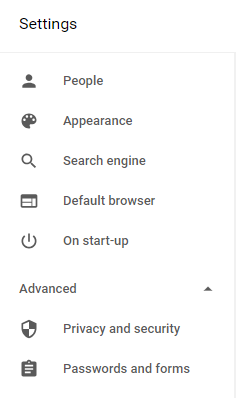
Click on Content Settings and click on Handlers.
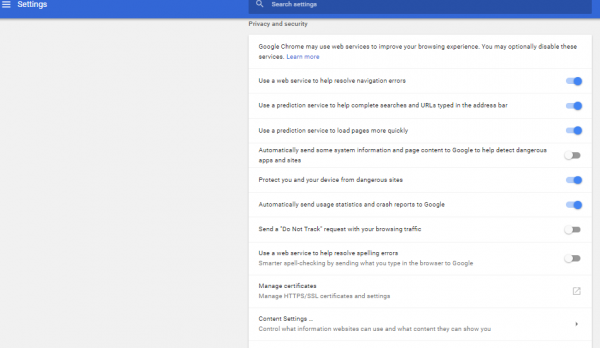
Toggle the button to “Allow sites to ask to become default handlers for protocols(recommended)”.

Now go to the torrent site and click on magnet link to download the file.
How to open Magnet Links in Microsoft Edge browser
Press Windows key +R to open Run. Type regedit and click on Ok
Navigate to the following path:
\Computer\HKEY_CLASSES_ROOT\Magnet\shell\open\command
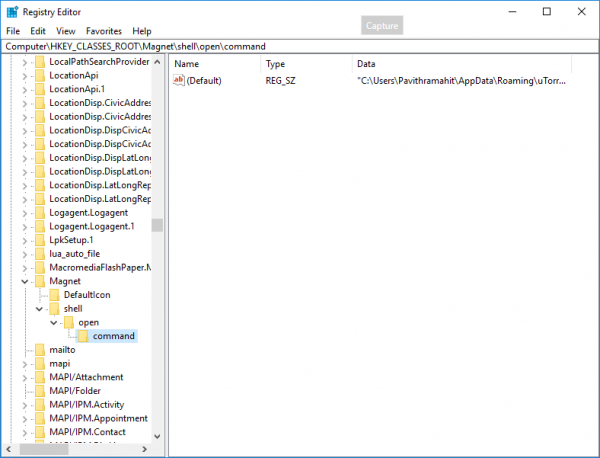
Click on Default key at the right side of the window pane and change the value to:
"%1" /SHELLASSOC
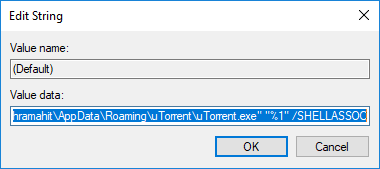
Click OK to apply changes.
Once done, the browser must be able to open magnet links with your torrent client.
How to open Magnet Links in Firefox Browser
Open Firefox browser and type about:config on the address bar. Type handler.expose.
Right-click and choose New from the drop-down menu.
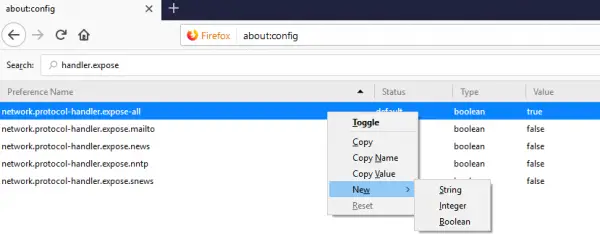
Select Boolean from the drop-down menu.
Give the preference name network.protocol-handler.expose.magnet.
Set the value to false.
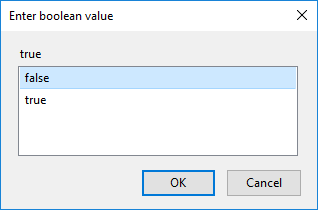
Now click on magnet link and choose Dialog and your torrent client in the Firefox Launch Application.
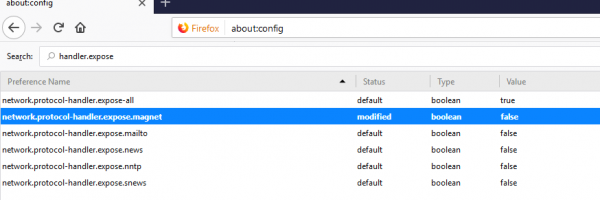
That’s all there is to it!
Read next: How to convert Magnet links to Direct Download links.
Leave a Reply